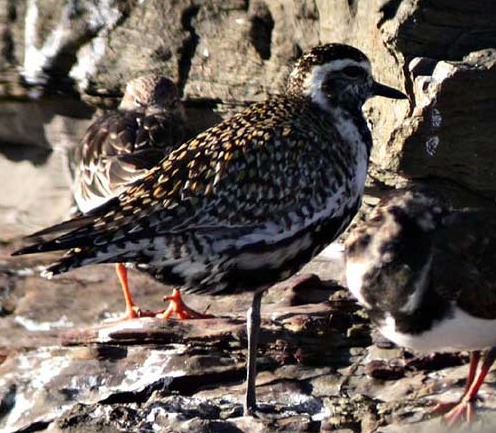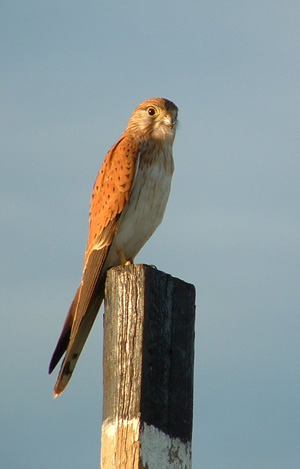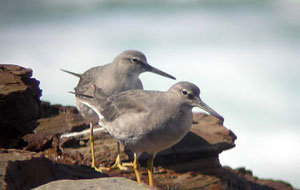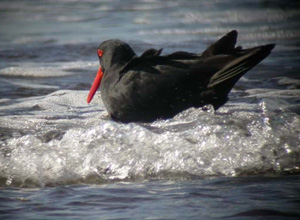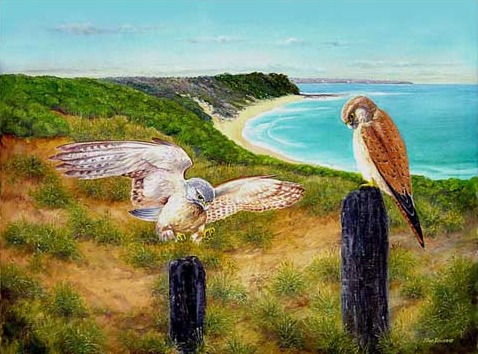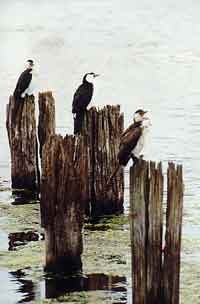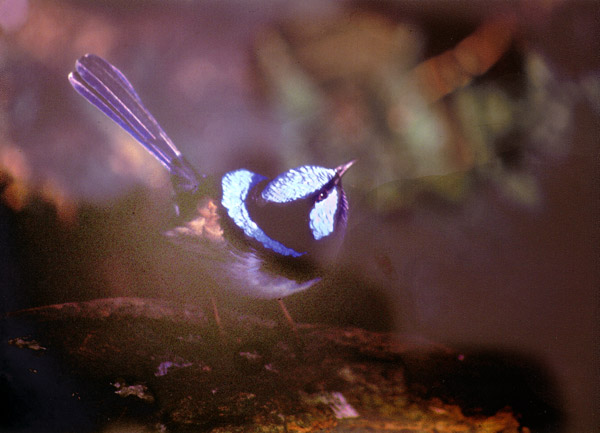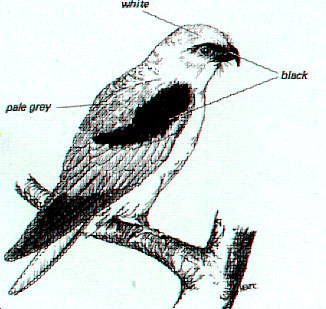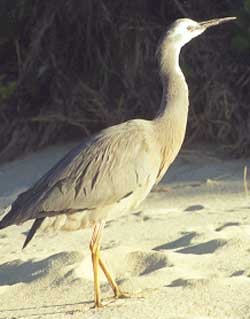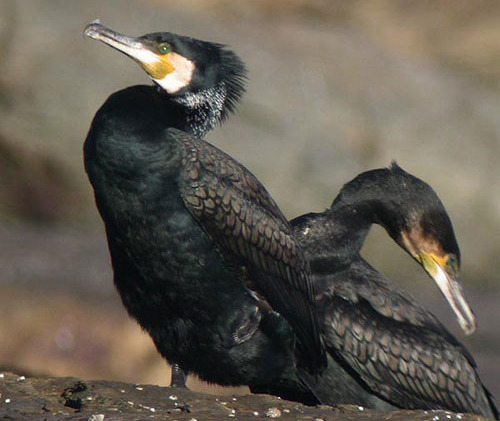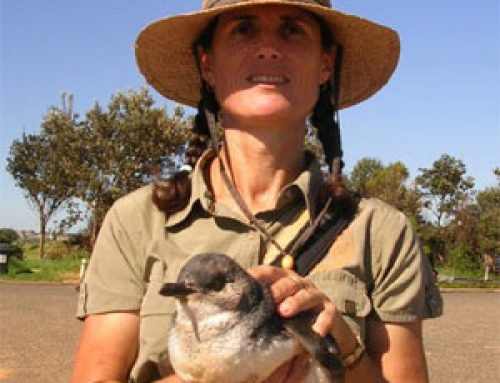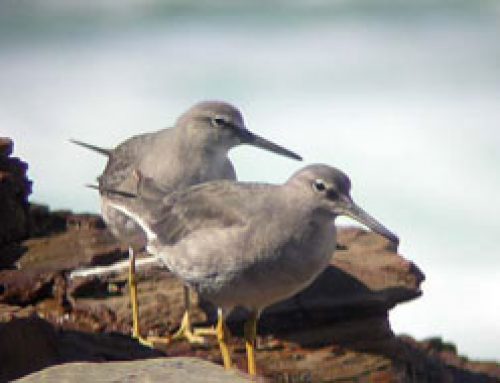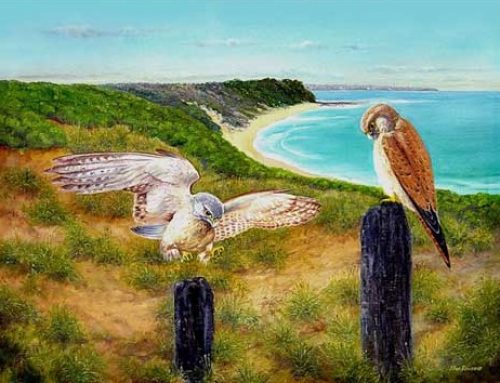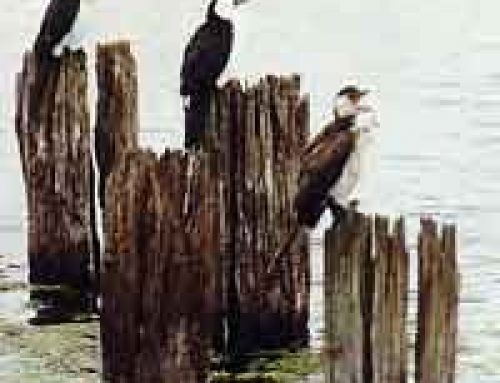Long Reef Birdlife
Kestrel (above) image taken by Lisa Calder
Long Reef’s Headland grasslands and Rock Platform plays host to a wide variety of bird life.
The reef is an important feeding and roosting area for threatened migratory shorebirds and sea birds.
Every Australian summer a diverse range of birds that breed in the arctic regions fly to Long Reef.
Long Reef Headland and Rock Platform plays host to a wide variety of Birdlife. However numbers of many species had declined markedly due to loss of habitat and introduced animals such as Rabbits and Foxes. Reefcare volunteers have undertaken a re-vegetation program to provide refuge and nesting habitat. Warringah Council conducts regular programs for the eradication of Rabbits and Foxes.
Local bird watchers reports that birds in the dunes are definitely increasing in number and diversity since Reefcare volunteers began re-vegetation in the Long Reef area. Additional birds seen since Reefcare began work include dune birds such as the Variegated Wren and grass birds such as the Tailor Bird and the Yellow Faced, White Napped and New Holland Honey Eaters. These birds were not be found when the dunes were weed ridden.
Many birds are also increasing in number due to the thickets of native plants, these include reed birds such as the Weebill and the Golden Headed Cisticola (which stitches a nest together with reeds). Scrub Wrens on the increase include the Blue Wren, White Cheeked Honey Eater, Red Wattle Bird and Little Wattle Bird.
During the summer months flocks of Short Tailed Shearwaters can be seen feeding off the reef. They have traveled from North West Canada and the Aleutian Islands and are heading to Tasmania and southern Victoria to breed. In August the Black-browed Albatross can been seen off the reef as they travel north for the Antarctic winter. Australasian Gannets are also diving for fish off the reef and the White-bellied Sea-Eagle and Osprey can be seen hunting at sea. They often land on the reef point to eat their fish catch. The bush regeneration work is helping the habitat of the Australian Richards Pippit which breeds in the headland grasses as well as the Nankeen kestrels and other resident and visiting birds as native vegetation leads to an increase in insects and lizards.
One pair of Australian Kestrels (left) nest on Long Reef headland.We also have the marvelous Australian Sooty Oyster Catcher, which depends on rocky reefs up and down our eastern coast for survival. These birds are now listed as “vulnerable” and are staying at the reef more than ever. Also there are resident groups of Crested Terns and Great and Little Black Cormorants and Little Pied Cormorants as well as the White Faced Heron, Eastern Reef Egrets and the Silver Gulls. All of these birds need the reef to survive.
Some Reef and Shoreline birds seen at Long Reef are the Golden Plover (seen below right in breeding plumage), which spends September to April here before flying north to breed and the Red-capped Plover which is endemic to Australia although rarely sighted at Long Reef. The Red Necked Stint, the smallest wading bird in the world, can be seen in quite large flocks in summer. The Double Banded Plover is the only migratory bird that flys from NZ to east coast of Aust. for winter, i.e. flys east to west.
Long Reef Birdlife
Long Reef Headland and Rock Platform plays host to a wide variety of Birdlife. However numbers of many species had declined markedly due to loss of habitat and introduced animals such as Rabbits and Foxes. Reefcare volunteers have undertaken a re-vegetation program to provide refuge and nesting habitat. Warringah Council conducts regular programs for the eradication of Rabbits and Foxes.
Local bird watchers reports that birds in the dunes are definitely increasing in number and diversity since Reefcare volunteers began re-vegetation in the Long Reef area. Additional birds seen since Reefcare began work include dune birds such as the Variegated Wren and grass birds such as the Tailor Bird and the Yellow Faced, White Napped and New Holland Honey Eaters. These birds were not be found when the dunes were weed ridden.
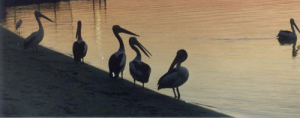
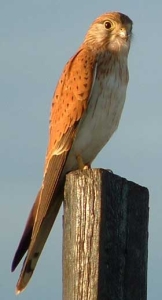
Kestrel (above) image taken by Lisa Calder
Many birds are also increasing in number due to the thickets of native plants, these include reed birds such as the Weebill and the Golden Headed Cisticola (which stitches a nest together with reeds). Scrub Wrens on the increase include the Blue Wren, White Cheeked Honey Eater, Red Wattle Bird and Little Wattle Bird.
During the summer months flocks of Short Tailed Shearwaters can be seen feeding off the reef. They have travelled from North West Canada and the Aleutian Islands and are heading to Tasmania and southern Victoria to breed. In August the Black-browed Albatross can been seen off the reef as they travel north for the Antarctic winter. Australasian Gannets are also diving for fish off the reef and the White-bellied Sea-Eagle and Osprey can be seen hunting at sea. They often land on the reef point to eat their fish catch. The bush regeneration work is helping the habitat of the Australian Richards Pippit which breeds in the headland grasses as well as the Nankeen kestrals and other resident and visiting birds as native vegetation leads to an increase in insects and lizards.
One pair of Australian Kestrels (left) nest on Long Reef headland.
We also have the marvellous Australian Sooty Oyster Catcher, which depends on rocky reefs up and down our eastern coast for survival. These birds are now listed as “vulnerable” and are staying at the reef more than ever. Also there are resident groups of Crested Terns and Great and Little Black Cormorants and Little Pied Cormorants as well as the White Faced Heron, Eastern Reef Egrets and the Silver Gulls. All of these birds need the reef to survive.
Some Reef and Shoreline birds seen at Long Reef are the Golden Plover (seen below right in breeding plumage), which spends September to April here before flying north to breed and the Red-capped Plover which is endemic to Australia although rarely sighted at Long Reef. The Red Necked Stint, the smallest wading bird in the world, can be seen in quite large flocks in summer. The Double Banded Plover is the only migratory bird that flys from NZ to east coast of Aust. for winter, i.e. flys east to west.
Some of the birds found at Long Reef are listed below.
Click the link for a picture and details.
Black Shouldered Kite
Australian Kestrel
Pied Cormorant
Plumed Egret
Superb Fairy Wren
White Faced Heron
Australian Pelican
Pied Oyster Catcher
Great Cormorant
White Bellied Sea Eagle
Bird descriptions from Queensland Museum publication 1968 – Birds of Brisbane and Environs. Written by Donald P.Vernon, illustrations by Mary E. McKenzie and Susan M. Hiley. Photos by Peter Miller and Lisa Calder. Kestrel painting courtesy Allan Dawes.
For more information see:
Long Reef Waders

